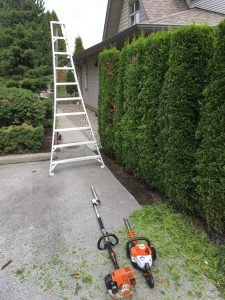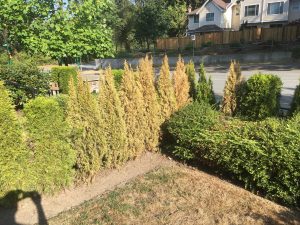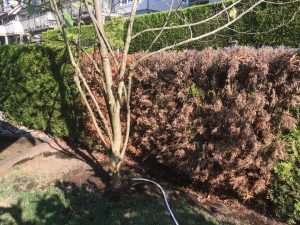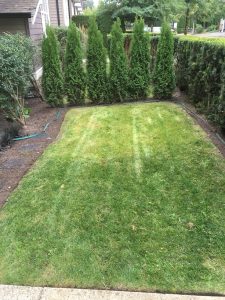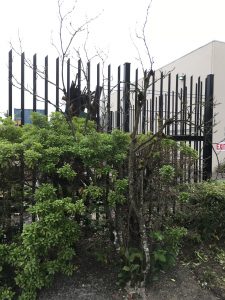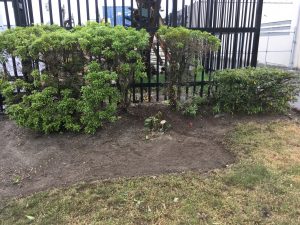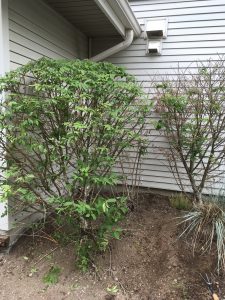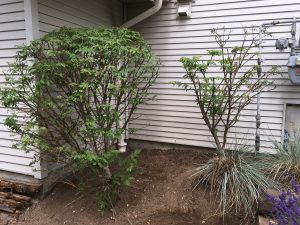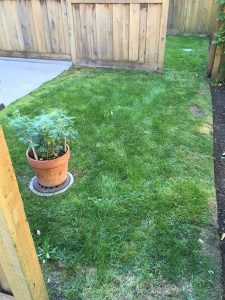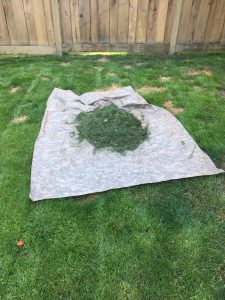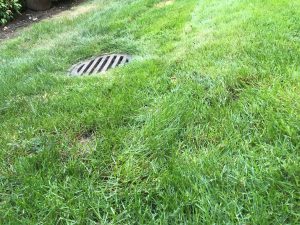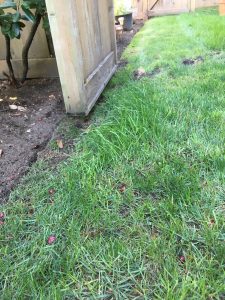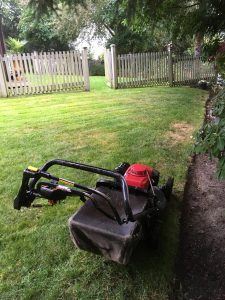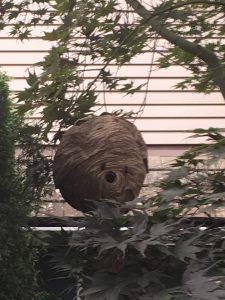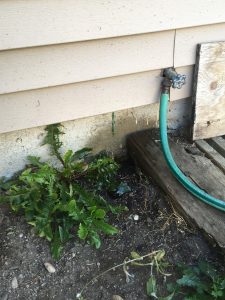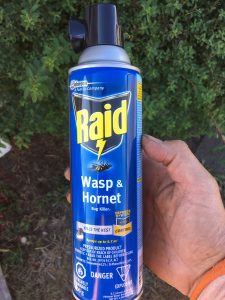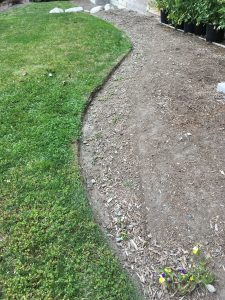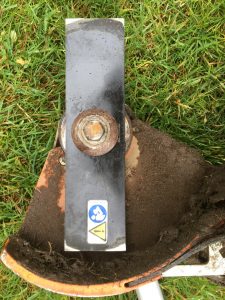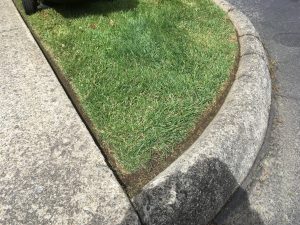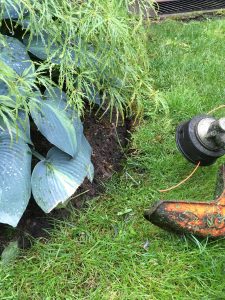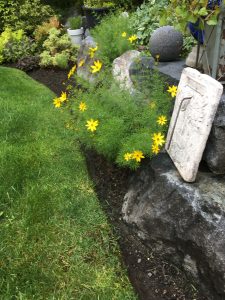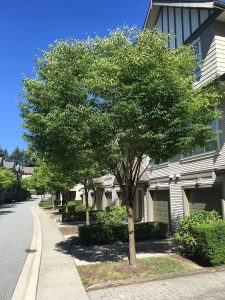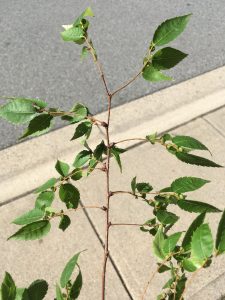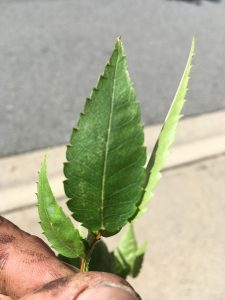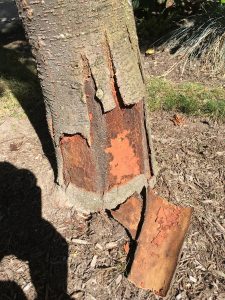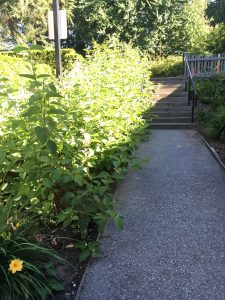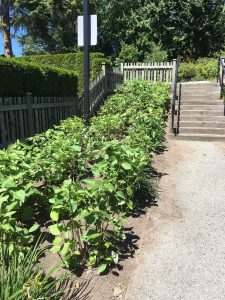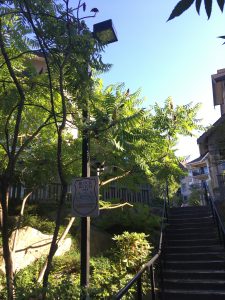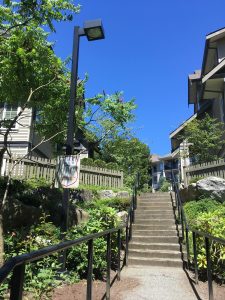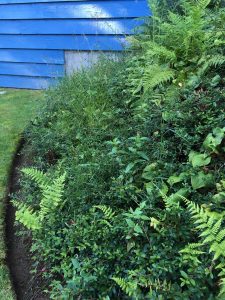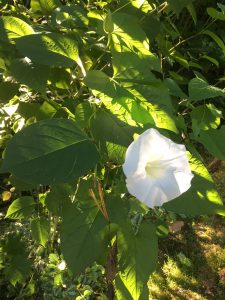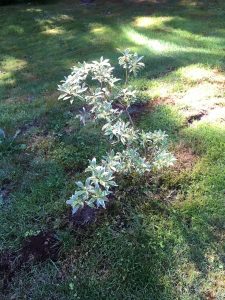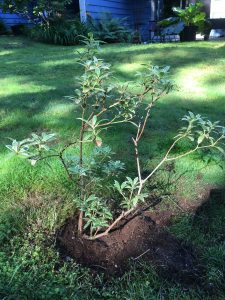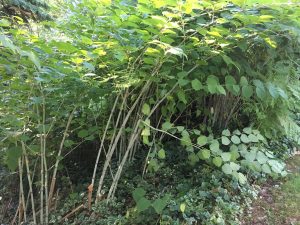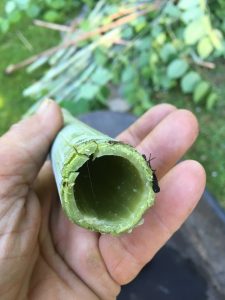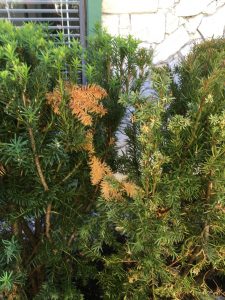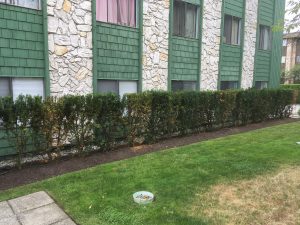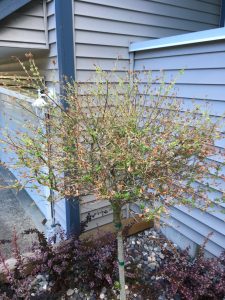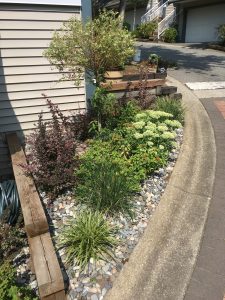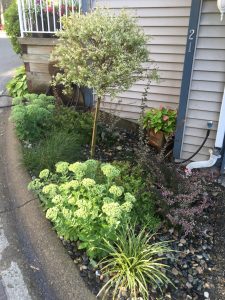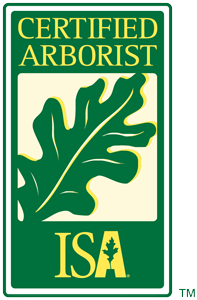It always feels like fall when cedar pruning season starts. Cedar pruning is usually written into landscape maintenance contracts and it starts in fall; it can run into the New Year easily depending on site size and work load but normally the goal is to get everything sheared before Christmas.
First day
Last week I had my first full cedar pruning day of the season, cheered on by patches of Rudbeckias still holding on to summer. Just like me.
The line I was pruning covered enclosed patios and it was slower than usual because some owners have incredibly cluttered patios. And, of course, I didn’t have the right of way so I had to be careful not to damage anything.
The set-up
To properly top cedars a ladder is mandatory. I also used two sets of Stihl shears: one short model for tight spots and one extendable unit for topping. Remember to sharpen your blades before starting your cedar pruning season. Sharp blades glide through the foliage and give you a nice cut. Dull blades slow you down and leave little strands sticking out. Try to avoid this by sharpening your blades.
Unless your truck is nearby, always bring a jerry can with mixed gas to avoid unnecessary walking. It wastes valuable shearing time.
I also keep my water bottle handy.
No robots
Never approach cedar shearing like a robot. On this day I had to recall that patio owners value their privacy so I sheared the sides in a straight wall line, except where there were obvious deliberate undulations in the hedge.
The tops are usually hit much tighter for a nice tight laser line.
Just remember NOT to prune between the gaps because the owners want the cedars to grow into the gaps and thereby give them the privacy they crave so much.
Once in a while step back and check on your top line to make sure your laser isn’t off.
Clean-ups
Don’t go cheap on clean-ups. You can expect to do some hand cleaning off the tops of plants and outdoor patio furniture because cedar debris is fine. But don’t stress about the small stuff; use a blower for the final round and put all pots and furniture back.
Yes, shearing all day can be hard on your muscles but you get the satisfaction of seeing great looking cedar hedges.
Have some fun with it.
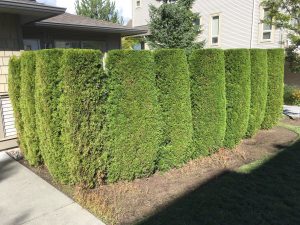
All done: there’s a decent top line and the sides are still green. No pruning happened between individual plants because only solid hedges provide solid privacy.


